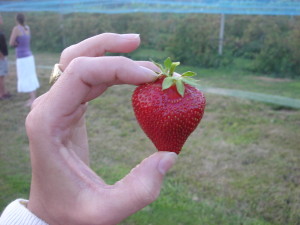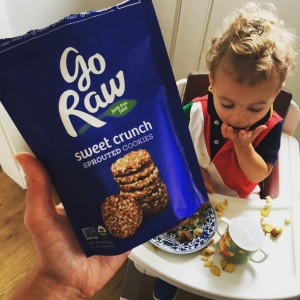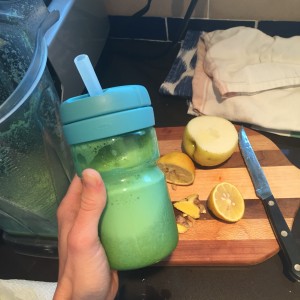Posted on February 22, 2016
When it is time for your child to start trying new foods you may be wondering what happens beyond air puffed snacks and rice cereal. You’ll Google, you’ll read, and you’ll likely get a ton of unsolicited advice from people about what your child should be eating and how much. It’s important to recognize that all children are unique and what works for one child may certainly not work for another. That being said I’ve developed some helpful “do’s and don’ts” that I believe can help children explore food in a way that’s healthy, exciting, and what it should be—an experience. 
Recommended Do’s & Don’ts:
- Do test for allergy or intolerance. Keep a journal in your kitchen when your baby first starts trying solids. Write down the date that they try a new food and do that for roughly 3-4 days. Offer a little each day into your child’s mouth, even if they don’t scarf it down. Allow for them to get that exposure and then watch for any signs of allergy or intolerance such as rash or upset stomach. It’s important to speak with your pediatrician about when to introduce common allergy foods such as eggs and peanuts as some foods may cause serious reactions. Also important, no honey for babies before age 1.

- Don’t assume your child won’t like something. I think this is the biggest mistake we can make as parents. Just because YOU don’t like something doesn’t mean your child won’t like it. Allow them to figure that out for themselves. For example, a super nutritious food like broccoli may not be your thing but your kid may enjoy it! Don’t turn them off to something just because it’s not your favorite.
- Do say “Ok” when your child wants to try something new. I’ve gotten plenty of funny looks when my son eats seaweed paper or pickled ginger. The thing is, he wanted to try it and I said “ok”. The truth is, why not? We must allow children to explore taste and flavor just as they do through play. It is part of the human experience!
- Do offer things multiple times in different varieties. All too often parents assume that after one failed attempt it’s over for that new food. A wrinkled face and spitting out food followed by a “yuck” shouldn’t mean that that food is out forever; try cooking the food a different way and offering it again a few days later.
- Don’t OVER glorify goodies and treats. We’ve made such a big deal about cake and ice cream that it’s become this magical meal in the eyes of many children. Of course, you would be hard pressed to find a human being on this planet who doesn’t love a decadent desert but it’s important to set healthy habits regarding dessert when children are young. If we treat these things as the ultimate reward then they may start think they “need” this food as part of their normal diet. With childhood obesity rates on the rise, this is something absolutely within our control. It’s our job as parents to teach our children about how we can enjoy treats from time to time and that a healthy diet involves balance and awareness of the power of food (both good and bad). Even better, we are fortunate that there are company’s creating healthier snacks and cookies that parents can feel good about.

- Do talk about healthy foods from the start. This is a fun one! Talk about the amazing properties of food with your kiddos. This can be a great way for you to enhance your own knowledge of the nutritious benefits of different foods and their incredible properties. I’m not saying you need to get super scientific here but simply share the information with your toddlers. It will stick and it’s never too early to help them appreciate the healing powers of nutritious cuisine.
- Lastly, Do get creative. From teething to tummy aches, there will be some times where your munchkin is just not in the mood and peanut butter crackers are all that he or she may want. Recognize that as frustrating as this is, it likely a temporary phase and you’ll have to work around it. A great way to do this is to use other foods as a vehicle for superfoods. For example, you can get a lot of fruits and veggies into a power packed smoothie or oatmeal bowl. Chat with other moms for support, they’ll be your best bet for finding great tips for sneaking in broccoli and kale when the little one is suddenly boycotting dinner!



